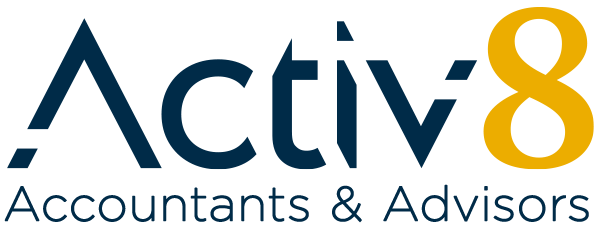Restrictions imposed due to Covid-19 has seen more employees working from home. On the back of this retailers are seeing increased expenditure on such things as desks, computer screens and cleaning products, as people try to bring makeshift office spaces up to scratch.
Employees who have worked from home during the COVID-19 pandemic are entitled to claim a deduction this tax time for the extra expenses they have incurred – provided they are not reimbursed by their employer.
There are three potential methods to calculate the value of their claim.
The first – and by far the simplest – is a new “shortcut method” which applies for the period between March 1 and June 30 in the 2019-20 income year. It will continue on from July 1 to September 30 for the 2020-21 income year. All you need is a timesheet, or other proof of your working hours, to claim a flat deduction of 80 cents for every hour worked from home. For an employee who worked 40 hours from home each week during the period, it amounts to a deduction of just over $500. This shortcut method covers all additional running costs including electricity, internet and depreciation.
However, workers who have incurred particularly high costs in working from home may be better off calculating their claim via one of two older methods.
The “52 cents” method is where you claim 52 cents for every hour worked at home to cover the costs of electricity, gas and home office furniture, and then add in separately the costs you have incurred for phone calls, internet, stationery and the decline in value of equipment such as laptops and phones. Purchases under $300 can be claimed in full in the first year, while purchases over $300 must be spread over multiple years.
The “actual expenses” method is the most intricate, requiring you to individually calculate the work-related portion of all costs you have incurred working from home.
Home expenses you can’t claim
- Snacks
- Toilet paper
- Coffee, tea and milk
- Luxury stationery
- Childcare or home schooling costs
- Items your employer has already reimbursed you for
Do you need a dedicated work area to make a working from home claim?
For the short-cut method, you don’t need a dedicated work area. For the fixed-rate method – so 52 cents per hour plus some other things – you do need a dedicated work area. For the actual costs method, if you’re not claiming for household running costs such as cleaning, heating, cooling, electricity then you don’t need a dedicated work area. But if you’re going to try to claim for those sorts of things, then you do need a dedicated work area.
Can you claim expenses like your mortgage, rent and council rates?
These costs are really limited to where your home is a formal place of business. So, it’s more likely to apply to a small business person who is actually running their business from home, and they might have business signage and a place where clients visit and those types of things. Most employees are not going to meet those requirements. And what is important also is that if they do, then there will be capital gains tax consequences. You will not get the full main residence exemption when you sell your home.
In summary
The ATO is expecting a large increase in people claiming working-from-home expenses and that’s part of why they developed the “80 cents per hour” shortcut method, because they also know that it’s an area where people do make a lot of mistakes.
Still, it will be an area that the ATO will be paying attention to and I would say to people who have unusual things that they’re wanting to claim: only claim what you’re entitled to. Don’t try and push the boundaries too far because it can result in a) slowing your return down or b) it can result in a bill later on.
These claims can be a bit of a minefield so don’t hesitate to contact Activ8 Business Advisors if you have any questions.




